Have you ever seen a cat without a tail and wondered what's the story behind it? Meet the Manx cat, a breed known for its absence of a tail, but there's much more to it than that. What makes the Manx cat so special? How did it get its unique appearance?
You may have heard of Manx cats as "a breed with no tail". In fact, not only do some Manx cats have tails, but the breed is unique in many other ways.
Whether you are the owner of a Manx cat or just curious about the cat breeds of the world, we're sure you'll find some fascinating tidbits in this complete guide to Manx Cats.
Or as we like to call it: A tale of tailless cats.
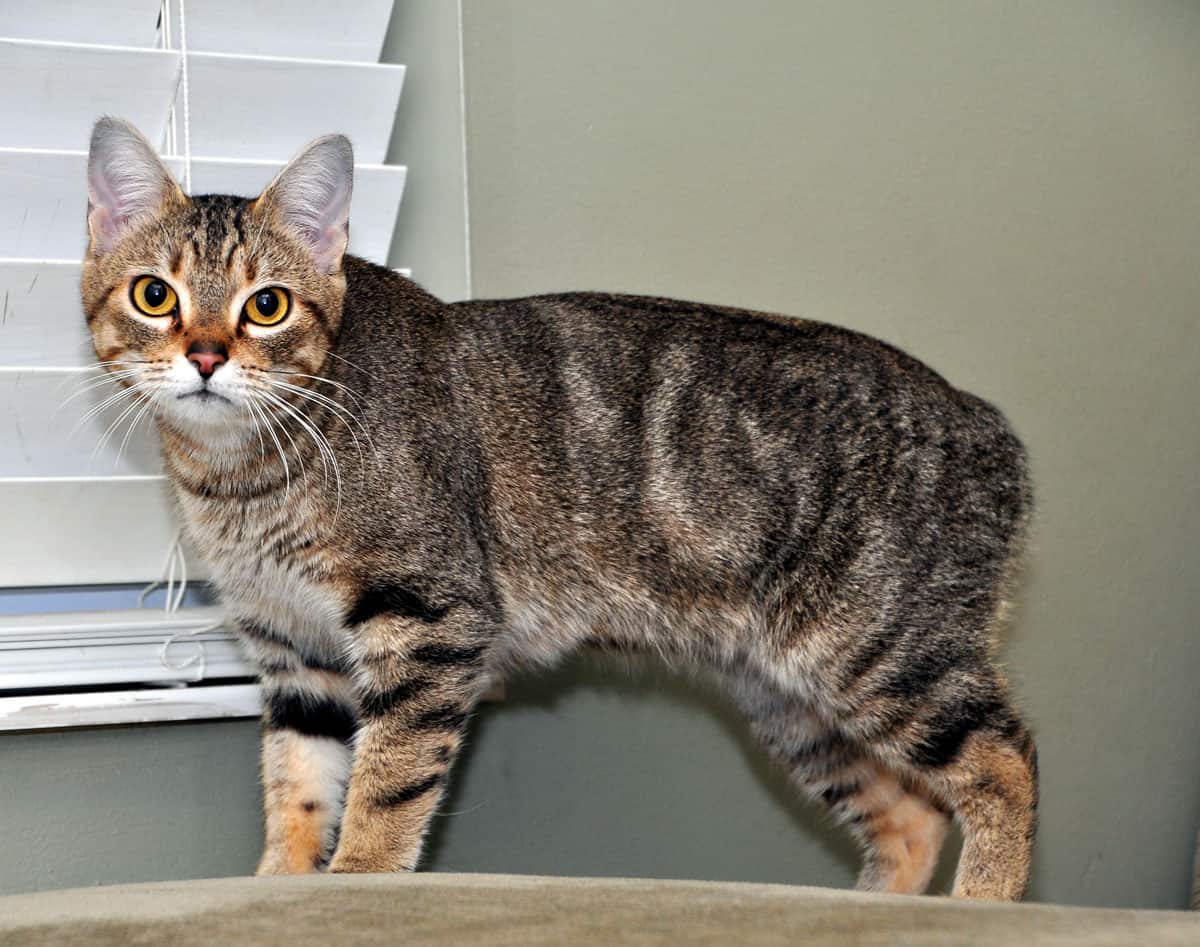
Manx cat picture adapted from a photo by Michelle Weigold. Attribution-ShareAlike 4.0 International license.
The Manx Cat: A Unique Breed With Rich History
The History Of Manx Cats
The Manx is no ordinary breed. It calls the Isle of Man in the Irish Sea its home. But how did this unique breed come to be? The story begins with its distinct natural origin.
Evidence shows that Manx cats were not shy from the spotlight. As early as the 19th century, they were on display in cat shows, attracting attention with their unusual appearance.
Fast forward to the early 20th century, the Manx had already achieved recognition in Europe and the US. It was a breed that people talked about, admired, and wanted to know more about.
A Pioneer Among Breeds: The Cat Fanciers Association Listing
One can't talk about the Manx without mentioning its special status. It was one of the very first breeds to be listed with the Cat Fanciers Association, a leading cat registry in the world. This milestone cements the Manx's place in history as a breed that paved the way for others.
The Legacy of the Manx: Embracing a Unique Heritage
Today, the Manx continues to fascinate and charm. Its rich history, combined with its distinctive characteristics, make it a breed that stands out. Whether you're an owner of a Manx or simply intrigued by different cat breeds, the Manx offers a world of discovery and wonder.
In the end, the Manx is not just about a lack of tail. It's about a breed that has carved its own path, embraced its uniqueness, and left a mark that resonates with cat enthusiasts around the world.
The Appearance of Manx Cats: A Comprehensive Guide
What do Manx Cats look like?
Like any breed, Manx has official breed standards relating to every part of their body, going beyond not having a tail. So, what should a purebred Manx cat look like?
These medium-sized cats are generally broad and muscular. Breed standards call for a round head, round ears, and large rounded eyes. The hind legs of a Manx cat should be longer than the forelegs, making the rump look higher. All Manx cats have a rich double coat with a soft cottony undercoat and a coarser overcoat.
Manx cats come in many coat colors and patterns. They can be white, black, calicos, bi-colors, tabbies, and any other combination of these. Varieties such as Chinchilla and shaded patterns are allowed too. Breed standards allow almost any color and pattern, except for color-pointed ones.
So what about that tail? - The Tail: From Tailless to Full Tail
The breed standard demands a tailless appearance in show-quality cats. A small rise where the tail would be is allowed as long as it's not prominent enough to stop the judge's hand.
Purebred Manx cats can actually have tails, but that would mean they are not show-quality cats. An ethical breeder would classify the kittens at birth according to the length of their tails.
The common categories for tail length in the Manx are:
- Rumpy - Kittens or cats that are entirely tailless. Depending on their overall appearance, these cats can successfully compete in cat shows. A "Riser" is a Rumpy that has a small bump where the tail should be. These cats may still qualify as show Manx cats.
- Stumpy - These cats have a short stump of a tail, up to an inch long. The vertebrae of the tail are usually fused together.
- Stubby - Sometimes called short-tailed Manx, these cats have a tail with several non-fused vertebrae that are no longer than half the tail length of a normal cat.
- Longy - Some Manx cats have full tails even though they are in fact purebred Manx. The tail may be shorter than that of a non-Manx, but not by much.
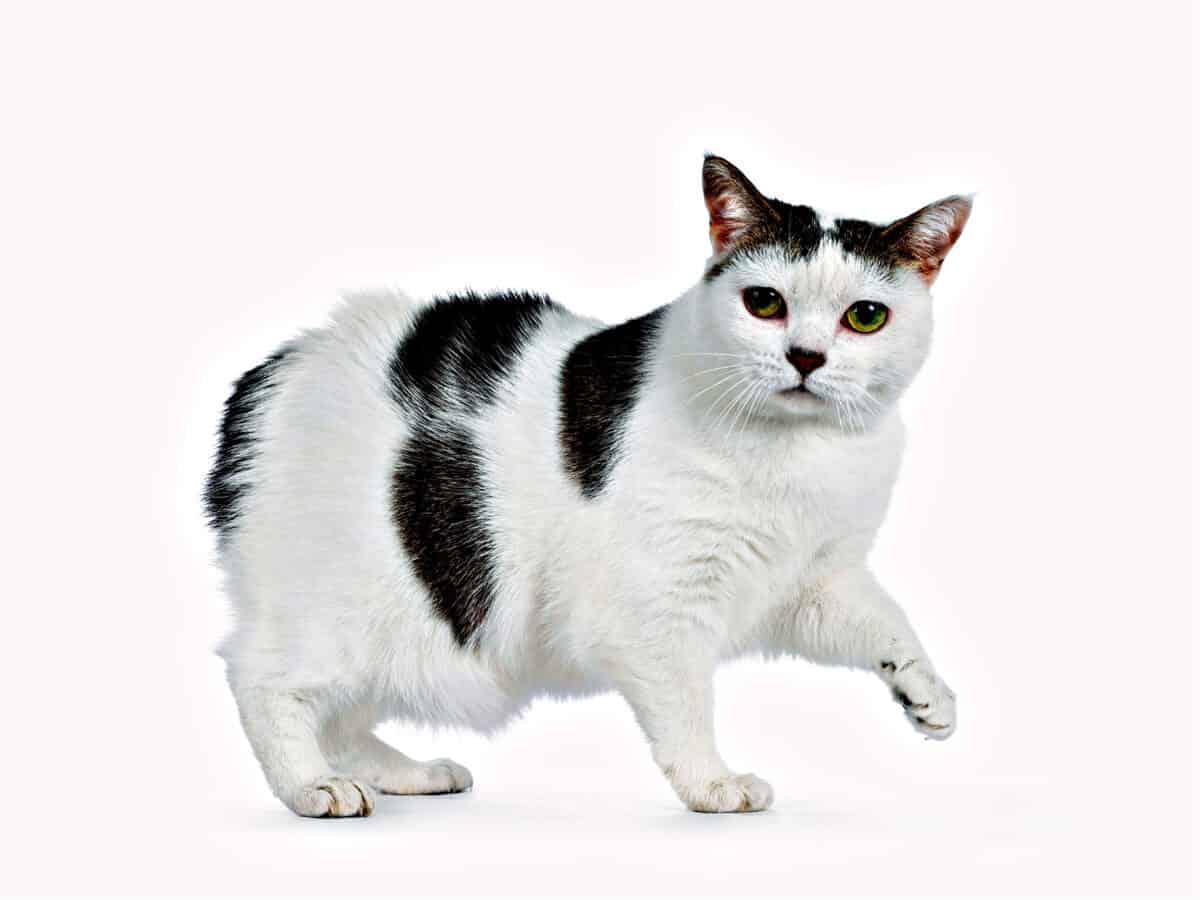
Long Hair in Manx: Is It Possible?
The CFA (Cat Fanciers Association) considers longhaired Manx a variety of breeds. Longhair cats compete as Manx and are judged along with shorthair Manx cats.
TICA (The International Cat Association) views longhair Manx cats as a separate breed called Cymric. Cymric cats are judged in a separate division all their own.
SIGN UP FOR THECATSITE'S EMAIL UPDATES >
The Origin of Manx Cats
Manx cats carry a mutated gene that affects the development of their spinal vertebrae. This gene is dominant, which means a cat only needs one copy of the mutation in order for its tail to be affected.
When two copies of the mutated gene are inherited, the spine is too severely damaged and that embryo does not survive.
Experts believe that the mutation happened on the Isle of Man and then spread through the island cats. Locals claim that the tailless cats are good hunters and make good pets too.
Mythical Tales: Noah's Ark and the Lost Tail
As with any unique physical traits, the origin of the breed has its own myth too. According to that myth, when the biblical Noah called the animals to the ark, the Manx was late.
Noah was shutting the door just as the cat rushed into the ark. The cat made it in - the tail did not.
Why are they called Manx Cats?
"Manx" - sometimes spelled Manks - is the old Gaelic word used to refer to the Isle of Man. Interestingly, the old local term for these cats is Stubbin and not Manx.
They became known as Manx cats when they were brought off the island to participate in cat shows.
Is every tailless cat a Manx?
In order for a cat to qualify as a true Manx, he or she must be the registered offspring of purebred Manx cats. The cat doesn't even have to lack a tail.
A long-tailed cat can still be a documented Manx cat but won't be able to be presented in cat shows in the Manx division.
Some cats have no tails due to medical reasons. Either they were born without one or their vet amputated it following an injury. These cats are not Manx cats.
Among purebred cats, there are other breeds that almost lack a tail. The Japanese bobtail, the American bobtail, and the Pixie Bobs all have very short tails.
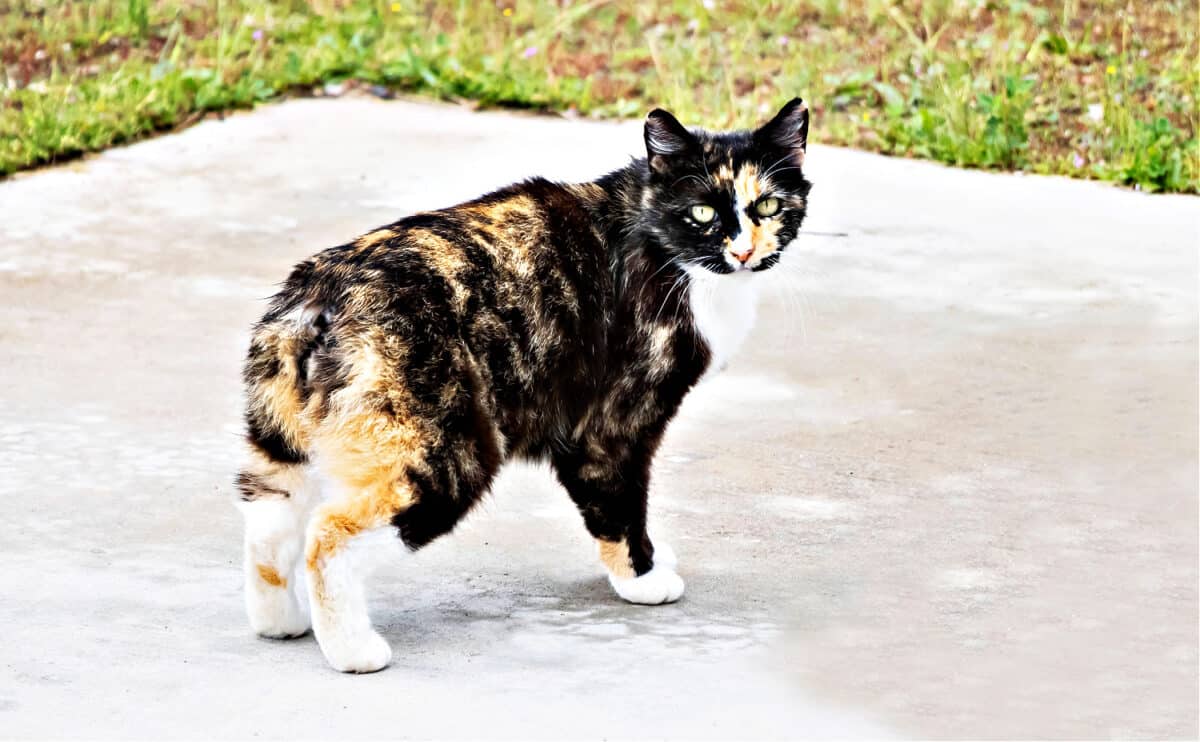
Does the lack of a tail affect the behavior of a Manx cat?
Manx cats are as active and agile as any other feline. They're considered good mousers and were traditionally taken on board ships to keep the population of rodents at bay.
These cats are friendly and loyal and make excellent pets.
Are there any health problems associated with Manx cats?
The gene that prevents the development of a tail can adversely affect the Manx. Some cats suffer from deformities in the lower spine which could affect the bowels and bladder.
In other cases, Manx cats can suffer from arthritis in the stump of the tail. They're also more prone to certain eye diseases.
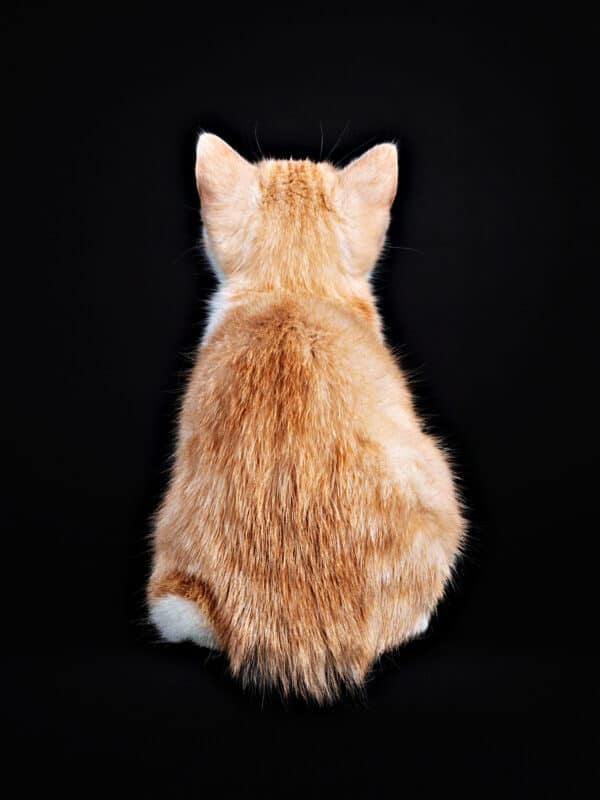
Where can you get a purebred Manx cat?
If you're looking to buy a Manx kitten, seek a responsible and ethical breeder that works hard at keeping the cats healthy.
Avoid backyard breeders at all costs as their cats are more likely to carry genetic defects. Make sure the cattery is listed in a major cat registry and read our article on how to choose a cat breeder.
SIGN UP FOR THECATSITE'S EMAIL UPDATES >
Need more help?
Our members are always happy to help! If you're not sure if your cat is a Manx, you can join and post photos in the forum: Describing Cats - What Does My Cat Look Like?
Do you share your life with a Manx? Let us know in the comments below! We'd love to hear more about what your own experience with a Manx was like!
Note: We may get commissions for purchases made through links on this page.

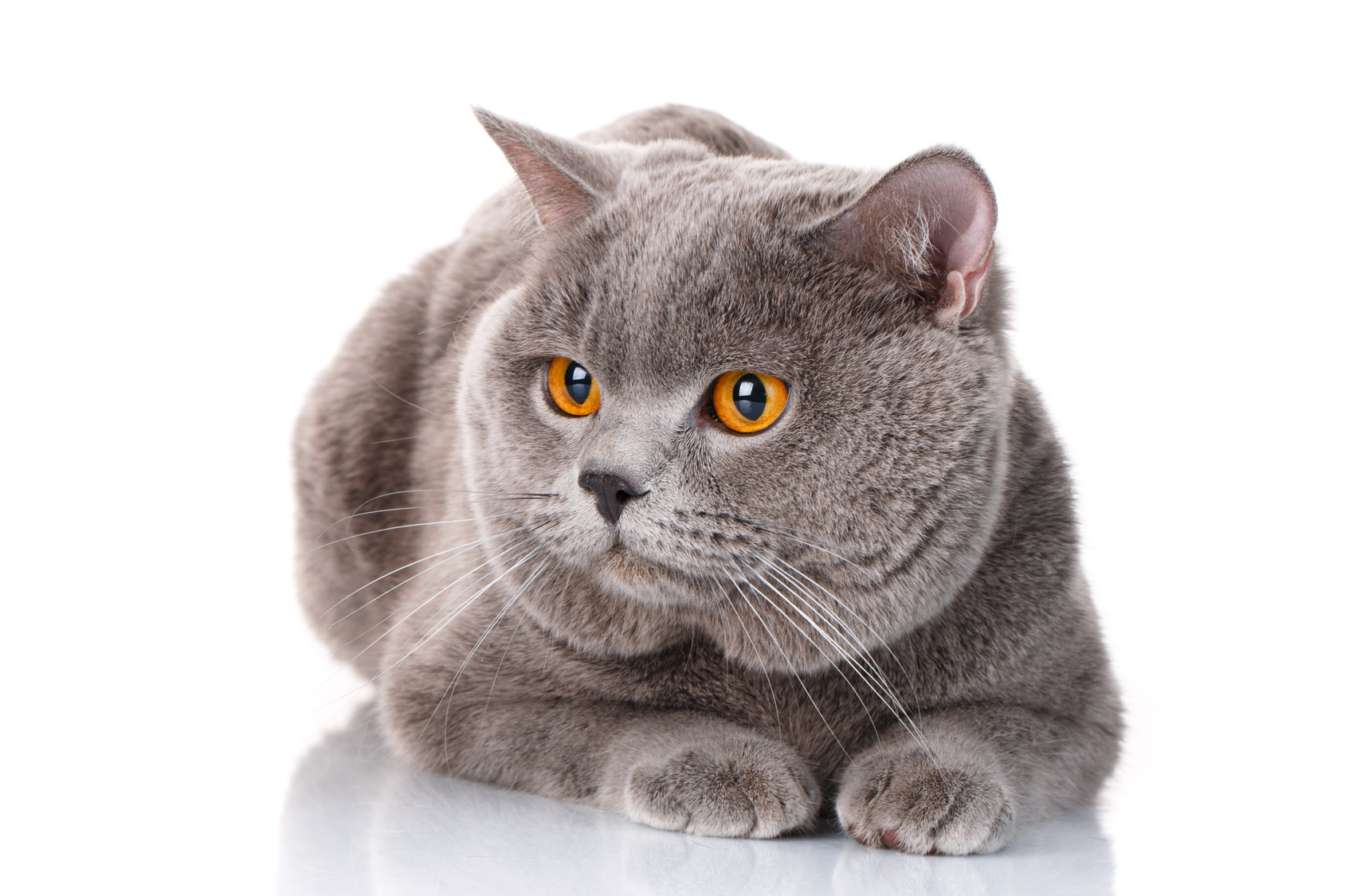

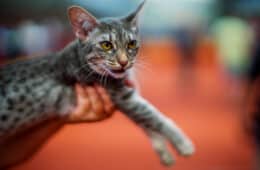
6 comments on “Manx Cats – What You Need To Know About The Tailless Cat”